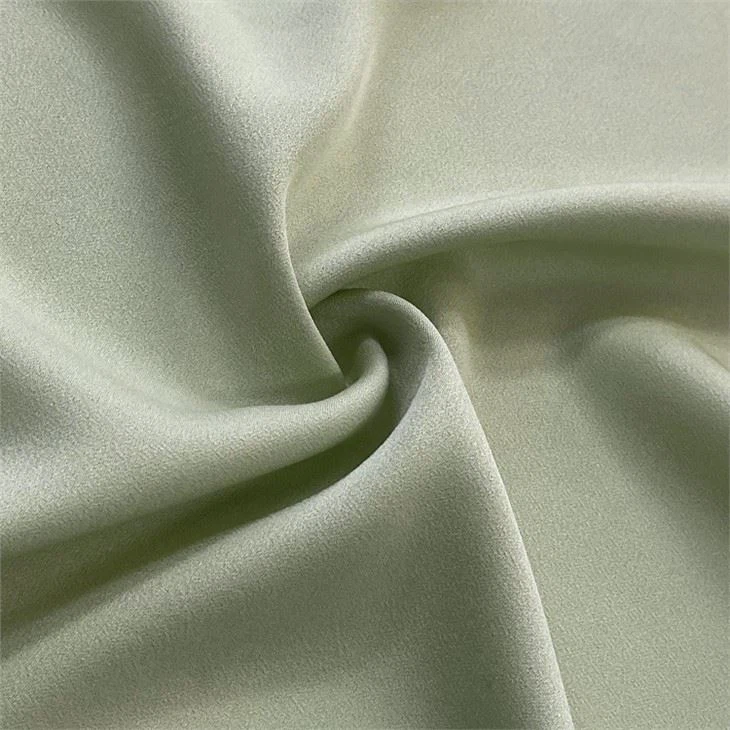Acetic acid derivation is a flexible material that has been utilized in the design business for a really long time. It is a kind of plastic got from cellulose, making it a supportable and eco-accommodating choice for dress and frill. As of late, acetic acid derivation has acquired ubiquity because of its interesting properties and capacity to emulate different materials like silk and calfskin. In this article, we will investigate the different purposes and advantages of Acetate acid derivation in the realm of style and then some.
What is Acetate?
Acetic acid derivation is a manufactured material produced using cellulose, a characteristic compound tracked down in plants. Made through a compound cycle includes treating cellulose with acidic corrosive and acidic anhydride. The subsequent material is then turned into filaments or sheets, which can be utilized to make different items.
History of Acetate in Fashion
Acetic acid derivation was first evolved in the late nineteenth hundred years as a substitute for silk. It was utilized to make stockings, yet its prevalence declined because of its inclination to psychologist and flaw. Notwithstanding, during the 1920s, another sort of acetic acid derivation was made that was more tough and had a radiant completion. This prompted its utilization in the style business, especially in the development of dresses and shirts.
During the 1950s, acetic acid derivation turned into a famous material for ladies’ unmentionables and nightwear. Its lightweight and breathable nature made it ideal for these kinds of articles of clothing. It likewise acquired prominence in the creation of men’s ties, as it very well may be handily colored and had an extravagant appearance.
Today, acetic acid derivation is utilized in an extensive variety of design things, including dress, extras, and even eyewear. Its flexibility and novel properties have made it a staple in the design business.
How to Use Acetate in Fashion
Acetic acid derivation can be utilized in different ways in the style business. Here are a few instances of how this flexible material can be integrated into clothing and frill:
Clothing
Acetic acid derivation is generally utilized in the development of dresses, shirts, and skirts. Its lightweight and flowy nature make it ideal for making female and exquisite pieces of clothing. It is likewise frequently mixed with different textures, for example, cotton or silk to add strength and solidness.
As well as dress, acetic acid derivation is additionally utilized in the creation of sports clothing. Its dampness wicking properties go with it a fantastic decision for exercise garments, as it helps keep the body cool and dry during active work.
Accessories
Acetic acid derivation is a well known material for frill like totes, belts, and shoes. Its capacity to mirror different materials like calfskin and its solidness make it an extraordinary option for those searching for additional economical choices. Acetic acid derivation is additionally generally utilized in the development of hair frill, for example, headbands and fasteners.
Eyewear is another region where acetic acid derivation sparkles. It is a lightweight and hypoallergenic material that is ideal for making outlines for glasses and shades. Its flexibility considers a large number of varieties and examples, settling on it a famous decision among in vogue people.
Examples of Acetate in Fashion
Acetic acid derivation has been utilized in endless style things throughout the long term. Here are a few instances of how this flexible material has been integrated into various items:
Silk-like Dresses
One of the most widely recognized utilizations of acetic acid derivation in design is in the development of dresses. Acetic acid derivation has a brilliant completion that intently looks like silk, settling on it a famous decision for making exquisite and flowy dresses. The lightweight idea of acetic acid derivation additionally adds to the general wrap and development of the piece of clothing.
Leather-like Handbags
Acetic acid derivation is in many cases utilized as a substitute for cowhide in the development of totes. Its capacity to mirror the surface and presence of cowhide pursues it a famous decision for those searching for additional reasonable choices. Acetic acid derivation purses are likewise lightweight and strong, pursuing them a reasonable decision for regular use.
Tortoiseshell Sunglasses
Acetic acid derivation is usually utilized in the development of shades outlines, especially in the notorious tortoiseshell design. This example is accomplished by layering various shades of acetic acid derivation, making an exceptional and classy look. Acetic acid derivation outlines are likewise lightweight and agreeable to wear, going with them a famous decision among eyewear fans.
Comparisons: Acetate vs. Other Materials
Acetic acid derivation enjoys a few upper hands over different materials normally utilized in the design business. Here are a few correlations among acetic acid derivation and other famous materials:
Acetate vs. Silk
Silk is a characteristic material that has been utilized in style for a really long time. Nonetheless, it tends to be costly and hard to really focus on. Acetic acid derivation offers a more reasonable and low-support option in contrast to silk, with a comparable shiny completion and wrap.
Acetate vs. Leather
Cowhide is a well known material for dress and extras, yet it isn’t generally an economical choice. Acetic acid derivation can imitate the presence of calfskin without hurting creatures or the climate. It is likewise more lightweight and breathable than cowhide, settling on it an extraordinary decision for hotter environments.
Acetate vs. Polyester
Polyester is an engineered material that is usually utilized in dress and frill. Nonetheless, it isn’t as eco-accommodating as acetic acid derivation, as it is gotten from oil. Acetic acid derivation, then again, is produced using inexhaustible sources and is biodegradable, making it a more maintainable choice.
Tips for Using Acetate in Fashion
Assuming you are thinking about involving acetic acid derivation in your style plans, here are a few hints to remember:
- Pick excellent acetic acid derivation: Not all acetic acid derivation is made equivalent. Search for excellent acetic acid derivation that is sturdy and has a glistening completion.
- Use it in mix with different textures: Acetic acid derivation can be mixed with different materials to add strength and sturdiness to your plans.
- Adhere to mind directions: Acetic acid derivation can be inclined to contracting and wrinkling on the off chance that not really focused on appropriately. Continuously adhere to the consideration directions on the name to guarantee your pieces of clothing last longer.
FAQs about Acetate
Q: Is acetate a sustainable material?
A: Indeed, acetic acid derivation is produced using inexhaustible sources and is biodegradable, making it a more feasible choice contrasted with other engineered materials.
Q: Can acetate be recycled?
A: Yes, acetate can be recycled and used to make new products.
Q: Is acetate suitable for people with allergies?
A: Yes, acetate is hypoallergenic and is less likely to cause skin irritation compared to other materials like polyester.
Q: How does acetate compare to other synthetic materials?
A: Acetate is more eco-friendly and sustainable compared to other synthetic materials like polyester and nylon.
Q: Can acetate be dyed?
A: Yes, acetate can be easily dyed, making it a versatile choice for fashion designers.
Conclusion
Acetic acid derivation is a flexible material that has been utilized in the design business for quite a long time. Its interesting properties and capacity to emulate different materials go with it a famous decision among originators and shoppers the same. From dress to frill, acetic acid derivation has tracked down its direction into different style things, and its prominence keeps on developing. With its maintainability and strength, acetic acid derivation is genuinely a flexible material for design and then some.






















+ There are no comments
Add yours